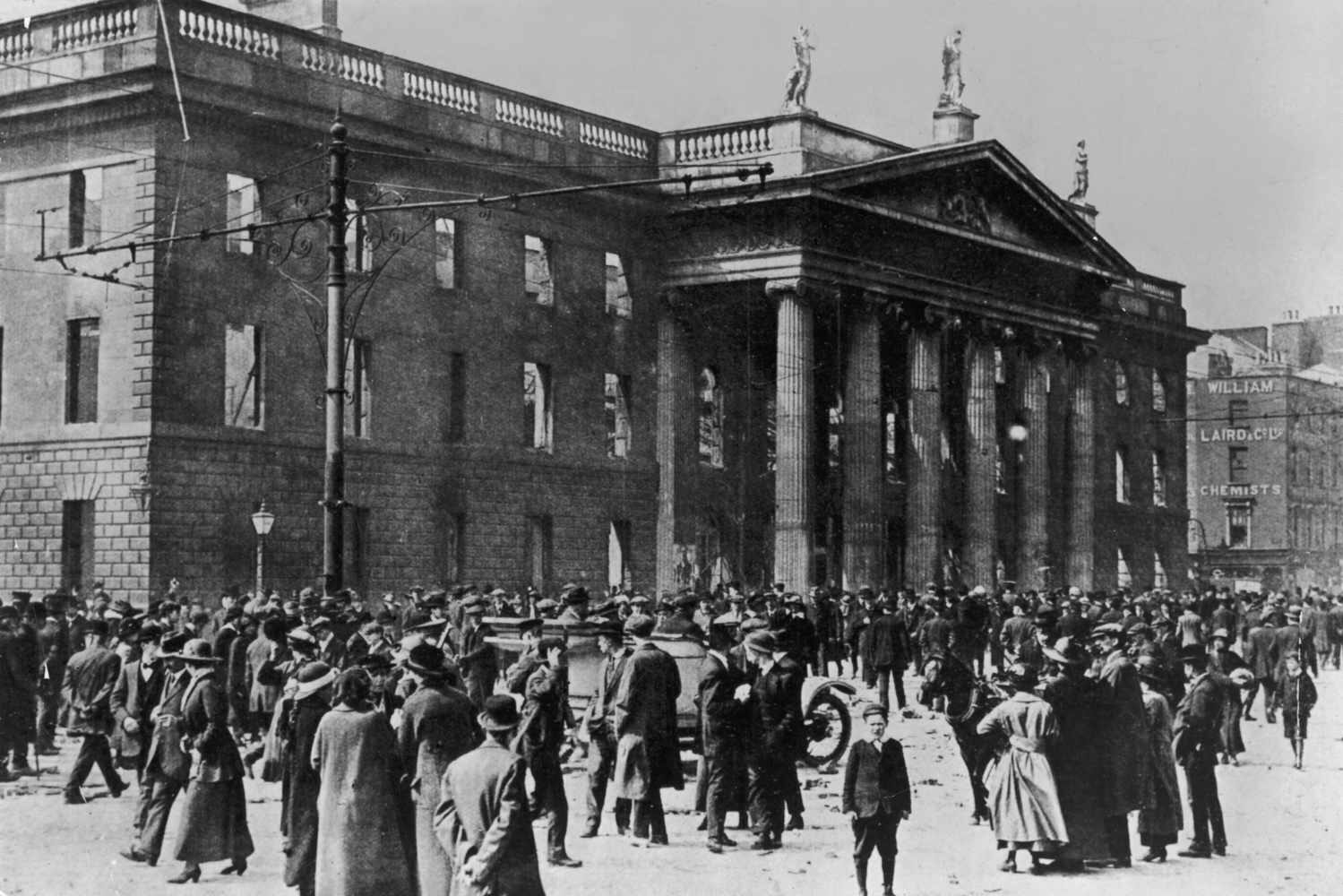– Maeve Dunne writes about the Loreto Day School in Kolkata, India as an example of the empowering potential of equality-based education. This article originally appeared on the Huffington Post.
Loreto Day School in Kolkata, India exemplifies the power of education and its positive effect upon communities and society at large. I was fortunate to have the opportunity to volunteer at this progressive school and witness the work it is doing firsthand. The school was set up in 1979 under the direction of an Irish nun Sr. M. Cyril. During her tenure as principal, Sister Cyril has transformed this once exclusively upper-class private school for girls into a model for equality-based educational change in India. Her experimental and revolutionary school:
Was born of a certain uneasiness felt at being part of a formal school system imparting ‘quality education’ to a privileged few, while millions of their less fortunate peer group get virtually nothing at all. It has involved opening up the school more and more to underprivileged youngsters from slum areas and pavements, to produce a healthy mix of children from all social, financial and religious backgrounds.
Sr. Cyril has achieved a great deal in a society where caste and social class is paramount. She has bridged the gap between the rich and the poor and in doing so has succeeded in revolutionizing the educational system and social norms within India. It was amazing to witness her work first hand. Daughters of lawyers and doctors study side by side with street children and young girls from the lower socio-economic, slum, areas of Kolkata. The girls from wealthier economic backgrounds pay fees to attend the school. Sr. Cyril uses these fees as a source of revenue in order to provide resources to educate the children from disadvantaged areas who then have the ability to attend the school for free. Never before would such a system have been thought workable within this divided society and culture. Yet Sr. Cyril has proved unstoppable with a reputable history of outstanding achievement and excellence in regards to teaching and education in India.
In addition, Sr. Cyril has spearheaded the following programs which further facilitate her high-quality approach to teaching and outreach within the region. These programs include The Rainbow Program, Barefoot Teachers Training Program, Hidden Domestic Child Labor Outreach and Rural Child-to-Child Education.
I was fortunate enough to witness firsthand the Rural Child-to-Child Education scheme being implemented. Each Thursday the senior rooms leave early from the school and make their way into the rural, countryside of Kolkata on the school bus (which also duplicates as a mobile library). I joined the group on one of these particular Thursdays. As the bus drove further from the city you could see how the level of poverty intensified and increased. Roads gave way to dirt tracks and buildings were replaced by modest clay and straw huts. My group jumped off at the second stop as the bus continued further into the dense countryside ready to drop off more students. Such a system allows for maximum dispersal of teaching aid into areas which otherwise would be left unaided.

The classroom differed from anything I had ever seen before insofar as it had no tables or chairs. There was no artwork on the walls, books, chalk or any other resources that a Western teacher and student may take for granted. It was a large concrete room with no air-conditioning despite the intense heat and humidity. It was unlike any Western school you might find and indeed unlike any urban school you might find in India. For example, a 2008 UN report found that there is:
a particularly glaring gap between the resources available to urban and rural schools. In India, the report found that 27 per cent of village schools have electricity compared to 76 per cent of schools in towns or cities. Only about half of the rural schools surveyed have enough toilets for girls and fewer than 4 per cent have a telephone.
Yet the teachers and students remained unfazed by the lack of resources. This experience taught me that as long as there is a patient teacher and a willing student, learning can and will be achieved. The children I met In India had an incredible motivation to learn and they took their study extremely seriously. It would seem that their parents encourage them to get an education as it is the only guarantee of a better future. It made me reflect on the education system at home. For many young Irish children, school can often be regarded as a chore and in many ways is taken for granted. Yet, in India, education is not a civil right but rather a privilege that young children dream and wish to be a part of. Were it not for the work of Sr. Cyril and charities that carry out similar work, many Indian children would be denied their basic right to education.
Sr. Cyril has been an inspiration to me as a woman, a leader and a teacher. Experiencing her work first hand is what led me into the field of education. I hope that as a woman and a teacher I can share in her determination, perseverance, dedication and vision. She is a true revolutionary, a progressive change agent and a leading light for all women.

